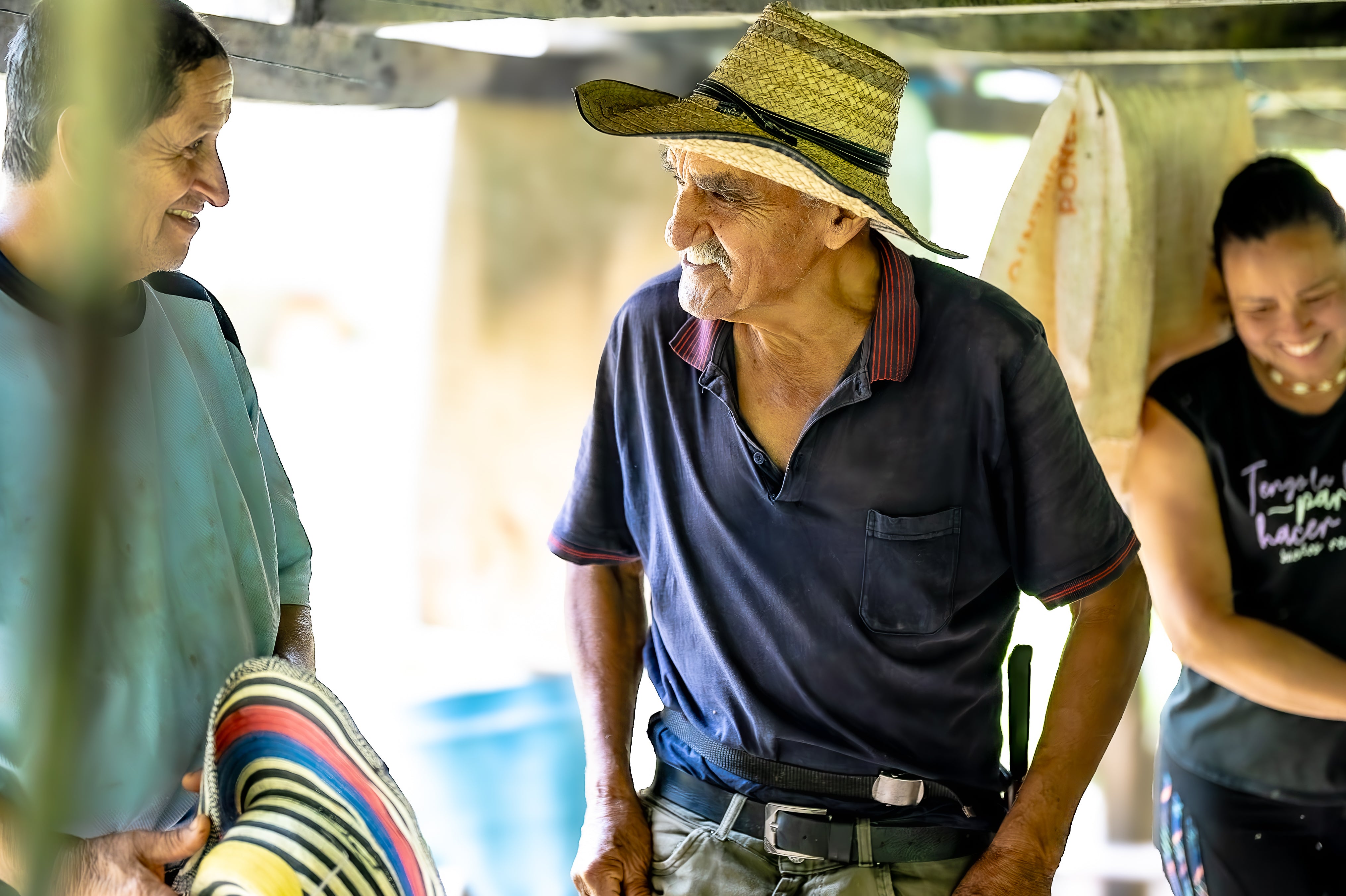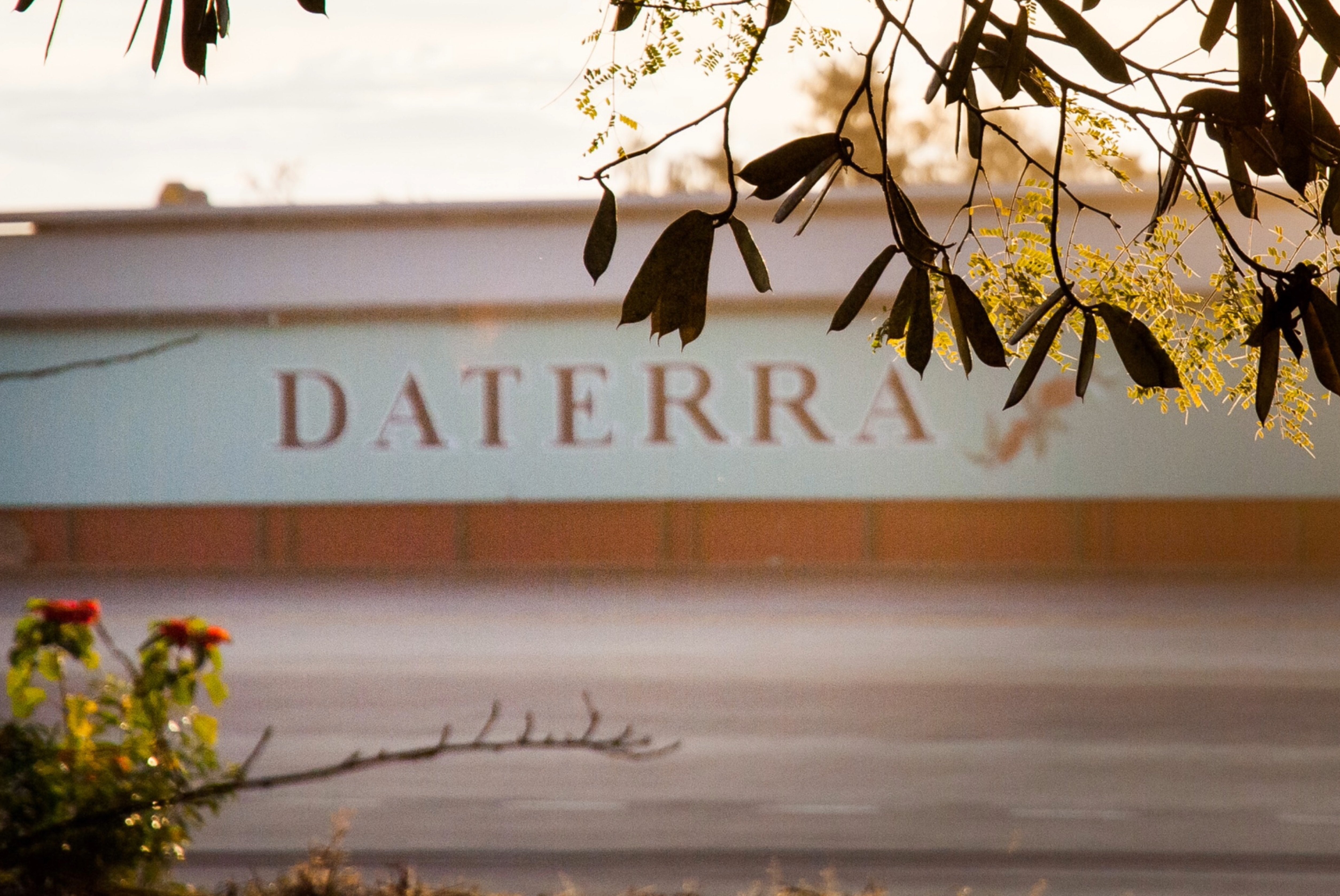With reports of coffee price rises appearing across news media for several months now we wanted to share our thoughts and insight on what’s happening and explain why you will see some small price increases across our coffees.
In truth I've been putting off writing this for several weeks now, hoping that prices will somehow reset ... the reality is that in the background we’ve been managing increasing costs in many areas of our business for the past few years. For the most part we have shielded our customers from price rises but in November last year coffee price increases started to gather significant pace. They’re now at an all time high and it looks like they will remain high for the next 12 months at least; perhaps much longer.
With such significant rises through 2024 and into 2025 we’ve been forced to make some adjustments to ensure we can continue delivering the exceptional quality you expect from us. We won't compromise our environmental commitments, change our ethical sourcing policy or look for cheaper coffee - if we did any of these things we simply wouldn’t be Method Coffee Roasters any more …
Conditions are challenging but we’re committed to our values more than ever and are looking forward to sharing more amazing coffees with you in the year ahead. Our focus on quality, sustainability and ethics remains the same and we will continue to work with the farmers that we’ve been partnering with for many years now.
Price rises are never easy to manage but as an independent family-owned business - with no investors demanding their margins - we’ll carry on working as efficiently as we can, supporting our partners and working hard to minimise these increases as much as possible.
We can’t do what we do without you, our amazing community so we thank you for your understanding and commitment to working with us to help make coffee better, fairer and more sustainable.
Price increases - what are the Fundamentals?
We explain more about what’s happening …
 The C-Price.
The C-Price.
One of the key drivers of coffee pricing is the so-called “C-Market”; a commodity exchange where people buy and sell arabica coffee contracts. The price reflects the cost of contracts for big volume commodity coffee - 37,500 lb of coffee per unit - that’s around one shipping container’s worth.
Although the C Price is not the speciality coffee price, in many cases it will set the base price before premiums for quality, certification etc. are added. The C-price effectively underpins the speciality coffee price. By rewarding farmers with a premium above the C price we’re promoting a more sustainable industry, rewarding quality in the cup and enabling environmentally responsible practices and good ethics.
At time of writing, the C-market price is at $4.20/lb - a 110% increase since February 2024 (see graph below).

What influences the C Price?
There’s a long list of factors that have been slowly driving up prices on the C-Market; weather, geo-politics, Climate Change and supply chain disruptions due to Covid are all in the mix as well as overall supply shortages.
Shortages in Robusta started to weigh heavy at the beginning of 2024 along with heavy market speculation on EUDR proposals, then in November, the tipping point: Brazil production concerns for the 2025-26 harvest emerged and sent the market into overdrive.
Some of the key factors right now are;
Supply and Demand
Long-term, Global consumption has been increasing. According to the International Coffee Organisation (ICO) global demand has nearly doubled between 2000 and 2024. This increased demand has come to bear in the past 2-3 years, certified stocks are running low, adding additional pressure on pricing.
Climate Conditions
Climate change is increasingly affecting us and our suppliers. Significantly both Brazil and Vietnam (who produce 60% of the world’s coffee) have had smaller than usual crops for consecutive years due to weather conditions.
An extreme drought in Vietnam.
Vietnam is the world’s largest Robusta producer, the drought affected Robusta supply significantly. This put pressure on the Arabica market with Robusta demand being partially met by low quality Arabica coffee. This in turn had a knock-on affect, driving up the C price last summer.
Frost in Brazil.
In August 2024 Brazil had a frost, followed by a drought …
In Brazil the rains normally come in September, causing the coffee trees to blossom, flowers to develop, coffee cherries to form … In 2024 the rains did not come in September. Or October. They didn’t really come until November. The frost, delayed rain and hot dry weather put the coffee trees under a lot of stress, affecting yields.
Until Brazil and Vietnam, the world’s two biggest coffee growers, produce good harvests (which may not happen until mid-2026) or demand in consuming markets drops significantly, prices are expected to keep climbing.
We know price increases are never welcome, but we're determined to keep sharing the best coffee while staying true to our values and your support helps secure a fairer future for farmers and guarantees you the best coffee - freshly roasted and ethically sourced.
We thank you again for your understanding and support and are here to answer any questions that we can - please reach out if you would like to discuss further.





Leave a comment
This site is protected by hCaptcha and the hCaptcha Privacy Policy and Terms of Service apply.